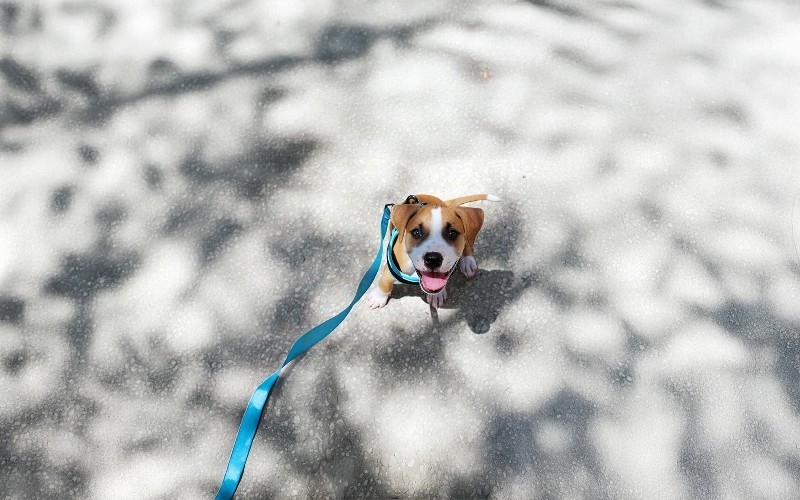
ԵՐԲ ՇՆԵՐԸ ՀԱՆԴԻՊՈՒՄ ԵՆ ՁԳԱՓՈԿՈՎ։ ԻՆՉ Է ՊԵՏՔ ԻՄԱՆԱԼ
Շների մեծ մասի համար վզկապով զբոսանքները ամենօրյա ռեժիմ են, բայց երբ խոսքը վերաբերում է կապված այլ շների հետ հանդիպելուն, ամեն ինչ կարող է բարդանալ.... Դա պայմանավորված է նրանով, որ չնայած վզկապը կարևոր է անվտանգության համար, այն հաճախ սահմանափակում է շան կյանքում կարևոր ունակություն՝ հաղորդակցվելու ունակությունը։Շները խոսում են ամբողջ մարմնով։ Նրանք հաղորդակցվում են շարժումներով, դիրքերով, հոտով և տարածությամբ։ Երբ նրանք առանց ձգափոկի են և հարմարավետ են զգում իրենց, մոտենում են, դանդաղում, կանգ առնում, մտափոխվում, կարող է նույնիսկ հեռանալ։ Այս ազատություն է թույլ է տալիս նրանց հասկանալ և գնահատել մյուսի մտադրությունը
Երբ ձգափոկը ներգրավված է, այն կաշկանդում է հաղորդակցման բնական շարժումները։ Շունը չի կարող ազատ շարժվել։ |wuny Dogs can’t move as freely. They might feel trapped or pressured, especially if the environment is tight or if the other dog is unfamiliar. And when a dog feels they can't retreat or create space, tension builds.
So what can we do to support our dogs during on-leash encounters?
Don’t force the meet-and-greet
If you’re walking toward another dog on a narrow path, you’re not obligated to let them say hello. In fact, it’s often better if you don’t. A gentle curve in your path, a pause to sniff a bush, or even crossing the street can make your dog feel more in control and reduce pressure for both parties. These little choices protect emotional safety, and they’re polite in dog language.
Avoid head-on approaches
In canine body language, walking straight toward another dog can be perceived as confrontational or overwhelming. Dogs are more comfortable with side-by-side or arcing approaches. If two dogs do interact on leash, giving them space to move slightly in a curve allows for more natural sniffing and less stiffness.
Choose the right setting
If a meet-up does happen, pick your environment wisely. Narrow sidewalks, doorways, and tight trails limit movement and increase the chances of miscommunication. Instead, look for calm, open areas where dogs have room to circle, move away, or simply observe without being forced into interaction.
And here’s a gentle reminder: not every dog wants to say hi, even if they’ve done so in the past. Just like us, dogs have moods, preferences, and boundaries. Some are naturally more selective in their social interactions, and that’s perfectly healthy. Even the friendliest dog might not feel up for a leashed introduction today.
Our role as guardians is to observe, support, and advocate for our dogs’ comfort. That doesn’t mean isolating them, it means offering freedom of choice whenever possible and respecting the subtle ways they tell us what they need.
Because every walk isn’t just exercise, it’s a conversation. And when we listen, our dogs learn that they can trust us to keep that conversation safe.
